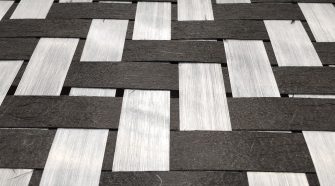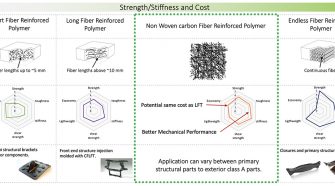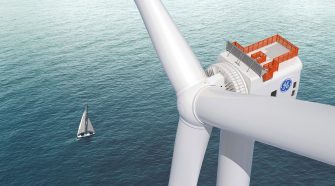Composite

Web-based composites – a new class of materials with high potential for recycled carbon fibers
Web-based composites are nonwoven-based composite materials that meet the demand for sustainability and light weight. This new class of materials offers the possibility of processing recycled composite waste and thus …

Student Spotlight: Performance of carbon fiber nonwoven composites in crash tests
Sai Aditya Pradeep is pursuing a Ph.D. in Automotive Engineering in the Materials and Manufacturing Specialization at Clemson University where he is conducting research on the scalable production of thermoplastic …

High performance fibers for composite reinforcement
According to a report by Textile Media Services, the value of the global composites market was around $96 billion in 2019, and while components reinforced with carbon fibers generally gain …

Automotive textile producers prepare for total transformation
With the global automotive industry facing unprecedented change over the next few decades, suppliers of automotive textiles, including nonwovens and composites, are being challenged to realign their strategies as these …

Swiss textile machinery companies look to growth in carbon and glass fiber composites
The majority of the members of Swissmem’s association of Swiss textile machinery manufacturers have their origins in technology for the processing of cotton fibers, and as the textile industry developed, synthetics. It has been calculated, in fact, that the association’s 44 members can draw on a staggering 4,011 years of combined engineering and processing know-how between them, but all have greatly diversified over the years.

